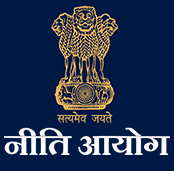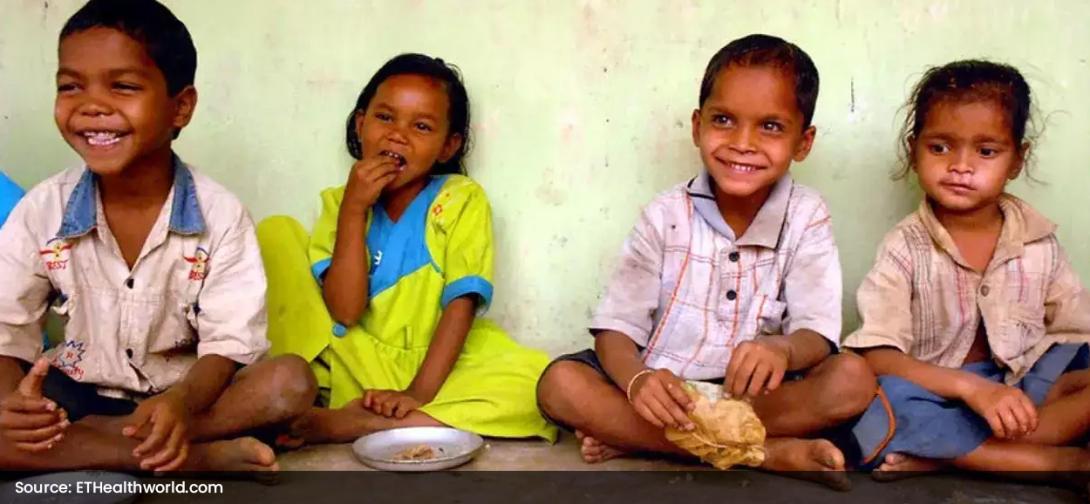Nourishing the undernourished: One Toy at a Time
A small district in the heart of Madhya Pradesh located on the beautiful banks of Narmada, called Barwani, has an inspiring story. Consisting majorly of a tribal population, Barwani has a rocky terrain and is geographically exigent. Despite its challenges, it has made strides in reducing the acute problem of malnutrition that plagues the developing nations and particularly, rural India.
The eradication of malnutrition is a vital step in socially sustainable development and growth. The bane of child and maternal malnutrition is responsible for 15% of India total disease burden. The fourth round of National Family Health Survey 2015-16 (NFHS-4), found that the prevalence of underweight, stunted and wasted children under five was at 35.7, 38.4 and 21.0 percent respectively. According to a Lancet article published in 2020, “there could be a 14.3% increase in the prevalence of moderate or severe wasting among children younger than five years due to COVID-19-related losses”. It also forecasts a global rise in child mortality by up to 10,000 deaths per month.
Madhya Pradesh has one of the highest rates of childhood malnutrition in India, with upwards of 60% of all children under 5 years old underweight as per a study. In many tribal communities in the state, this rate could be even higher, with alarmingly high rates of severe and moderate acute malnutrition. These communities often have limited access to government resources meant to prevent and treat malnutrition and have low levels of awareness about proper young child care.
There have been several focused initiatives launched in the past to raise awareness as well as improve action on malnutrition in children aged 0-3 years. The government had announced the launch of POSHAN 2.0, which is at the intersection of supplementary nutrition programmes and the POSHAN Abhiyaan, the Nutrition Rehabilitation Centres are established in the districts across India. There are several factors which dampen the impact of the several policy measures that have been undertaken over years. Deep rooted habits, community norms, traditions often prevent any departure from the existing feeding practices. The problem further accentuates with limited knowledge surrounding what should and shouldn’t be fed to the child resulting in the feeding of limited food groups or of the incorrect consistency or at the incorrect frequency. Proper benefits of complementary feeding in terms of slowed physical and mental development are not salient to caregivers.
For Barwani, more than seventy percent of the aggregate populace lives in rural settings, and affords its livelihood on agriculture. The humongous challenge of service delivery has been existing for years as the majority resides in pockets in hilly and forested areas, often isolated and remote. A low level of literacy and a reluctance to adopt modern medicine over home remedies further accentuates the problem of non-usage of health facilities in the district.
Specifically for nutrition and health, the district has been working on bringing about a positive behaviour change using a combination of nudge and incentives. I witnessed one such initiative at the Aspirational District of Barwani, Madhya Pradesh.
During my visit, I had an opportunity to visit the Khilona (Toy) Bank. In order to encourage institutional treatment of children, a dedicated area, called the Khilona Bank, has been developed in the premises of the district Nutrition Rehabilitation Centers (NRC), a health facility where children with SAM (Severe Acute Malnutrition) are admitted and treated.
The unique feature of a Khilona Bank is that the toys kept in the Bank are available to children to play with them. After successful completion of the treatment of 14 days (which includes nutrition support, counselling of parents, preparation of diet charts based on locally available ingredients, nutrition education etc.), the child returning home is gifted the toy which she/he has played with during her/his stay at the NRC.
Not only getting the parents for the first check-up, but also to ensure that the followup treatment is undertaken, the initiative further expands to providing nutritional “dry-fruit ladoos” to the families of children who bring their child for scheduled appointments. This has acted as a catalyst in the community for ensuring that every visit is corroborated with a “gift” and hence is exciting for the child and their family.
The toy or the ladoo acts as a nudge to the parents as well as others in the community of the family. By changing the choice architecture of going to an NRC versus not going to one for their malnourished child, the behaviour of the parents is being impacted in a desirable and predictable manner. The idea is that the presence of the toy at home will sensitise the guardians towards providing nutritional food to their child and these toys then also become conversation starters with other parents in the community thereby increasing awareness about the program organically and exponentially.
While the complete success of the initiative will be reflected through the reduced rate of malnutrition in the district, it is showing early signs of progress. The initiative not only reduced the dropout rate of the children who left the centre before the 14-day period, but also ensured 100% occupancy of the beds. There has also been an uptick in the follow-up treatment visits.
The long and arduous journey of combating malnutrition cannot be fought alone and needs the ecosystem support from the community for the policy measures to be successful. Barwani’s Khilona Bank is indeed a beacon of hope which showcases that this ubiquitous problem does have a solution. A similar framework can be adopted by communities across the country with suitable tweaks. Shining a light at the end of the dark tunnel of malnourishment, this replicable and sustainable model gives hope for a healthy childhood and therefore, a healthy country.
By Juhi Jain, Young Professional, AIM, NITI Aayog
Views expressed are personal.
This article was originally published in ETHealthWorld
 National Portal Of India
National Portal Of India 







